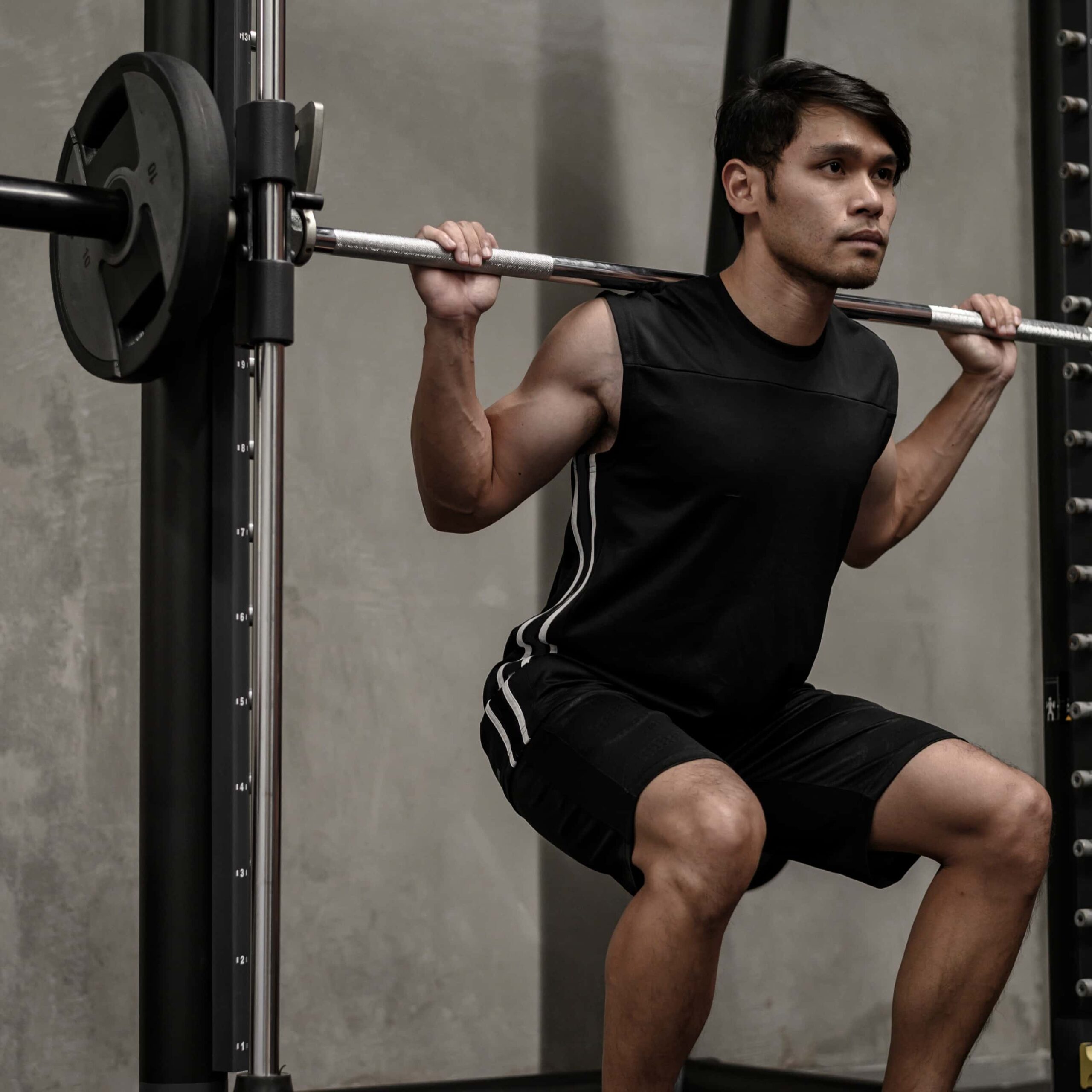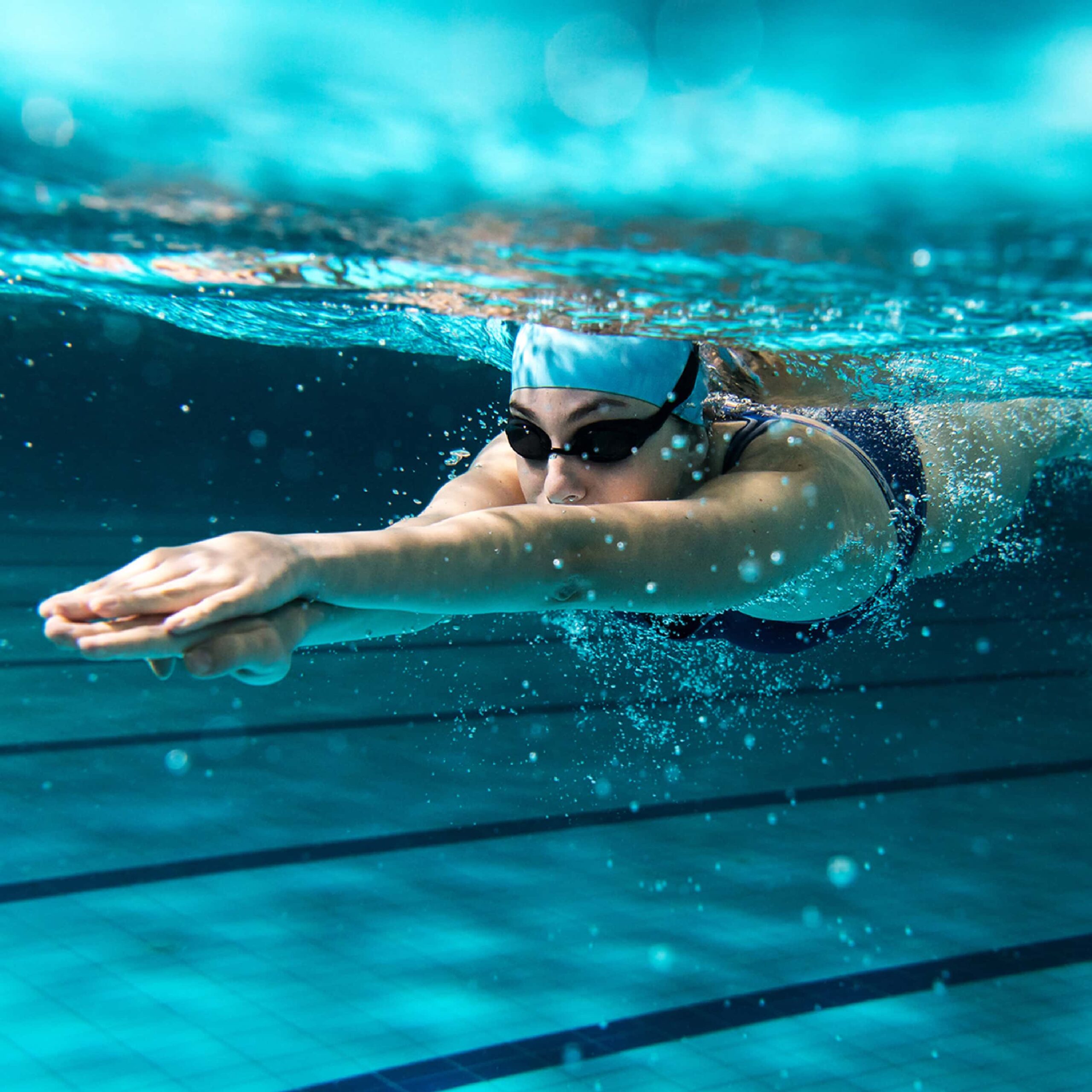Triathlon Training & How To Do It Safely
21st Jul 21

When it comes to exercise, some people do it to keep fit, but some people do it to challenge themselves and push their limits. For this, people turn to events like marathons or triathlons. These are great ways to see just how much you can push yourself and really feel the effects of what the body can do. Triathlon training is vital to make sure you can reach your potential and also prevent injury.
Want to move fast? Jump to the right section below.
What Is Triathlon?

Triathlon is made up of three elements; swimming, cycling and running. They are designed to push you to your limits and add some variety to your workout and exercise so that it’s never boring. Whether you do them alone just to see how far you can go or as part of a competition, the combination of the 3 exercises means you really can do them anywhere.
Swimming
The swimming aspect is usually done in a swimming pool or open water. If yours will be in open water, be sure you have the right kit, like a wetsuit, because it’s probably going to be cold (especially if you’re in the UK). You will also need to make sure you have trained in some open water so that you and your body are fully prepared for the difference between that and a swimming pool.
Cycling
Like swimming, make sure you are confident on your bike and know the ins and outs of it before you begin a triathlon. Knowing your route can be beneficial too. They will be signposted if you are taking part in a competition, but having an idea of the route in your head beforehand can stop you from having to look for the directions signs all the time.
Running
Shoes! If you’re running, especially after cycling, you’ll need a good pair of shoes. They need to support your feet, ankles and lower legs, but they also need to be comfortable. If you are running on your own, make sure you have plenty of water. If it’s for a competition, then you’ll have plenty of water stations on your journey.
Training Plan
For this training plan, the time frame is not set. If after 3 weeks you feel like you want to continue as you are for another week or so, do! It is designed for those who are in good health and fitness. If you are losing weight or new to exercise, try some beginner workout plans and weight loss first, then head to this when you are ready.
Before you get started, sit down and plan when your triathlon will be and spilt your training over that time. Make sure you have the right kit, too, so that you are fully prepared and used to your kit when the triathlon starts.
Kit Requirements:
- Swimming
- Wetsuit (if swimming outside)
- Goggles
- Swim cap
- Cycling
- Bike
- Cycling Shoes
- Helmet
- Running
- Trainers
Week 1-3
You will need to work out how much time in a week you have free to train for your training plan. Once you have this, divide your time into around 9 sessions (3 per exercise) and fit them into your schedule. If you are struggling with time, fit them together. For example, you could run to the swimming pool or run home from the gym if you’ve been cycling there.
For this first block of time, it’s all about starting off slow and enjoying yourself. There’s no point pushing yourself in the first 3 weeks and causing an injury. Plus, if you feel like you need a day off or a break, take one. Your body might not be used to the new combination of exercise, and it will need time to heal.
Week 4-6
For the next 3 weeks, take what you have been doing and increase it by around 10%. So if you did 30 minutes of swimming, add an extra 5 or 10 minutes to your training. This way, your body has grown used to the new training and can now improve so you can push yourself further.
This block of time needs to focus on whether you have the technique right and improve your endurance. Technique being on point means you are less likely to suffer an injury. Pushing yourself that extra 10% will improve your endurance, but you will need to learn to pace yourself. There’s no point giving it your all in the first 10 minutes of your swim if your body can’t get any further.
Week 7-9
The final 3 weeks is about putting it all together. Add another 10% onto your triathlon training and really push yourself to combine your technique, endurance and keep pushing the threshold of how far you can go. By the end of it, you’ll be surprised by how far you have come.
There you have it. Triathlon training can be tough as you are pushing yourself into three areas of very different exercises. Make sure you train right and rest enough, and when that triathlon comes around, you’ll be fit and ready to go out and smash it!

Before beginning any exercise or nutrition program, consult your physician, doctor or other professional. This is especially important for individuals over the age of 35 or persons with pre-existing health problems. Exercise.co.uk assumes no responsibility for personal injury or property damage sustained using our advice.
If you experience dizziness, nausea, chest pain, or any other abnormal symptoms, stop the workout at once and consult a physician or doctor immediately.









